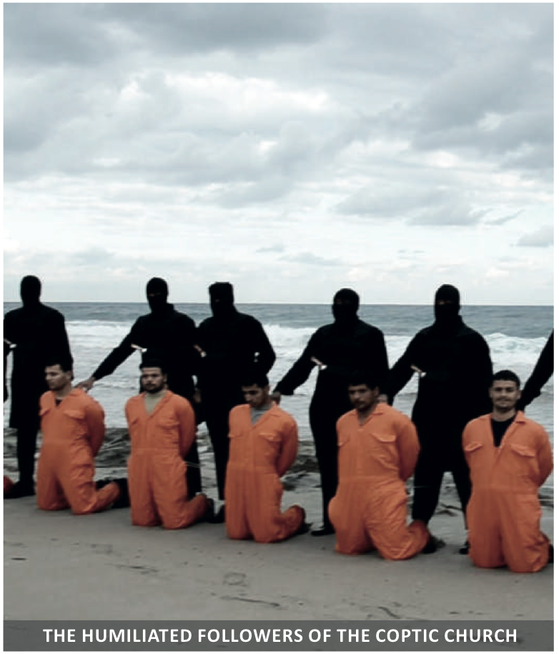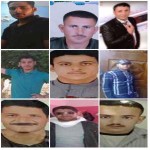While most of the citizens of the West think that Syrians are jihadist, now is the time to rethink that. Syria had and in some cases still has It was just a few months ago, that Syrian Christians were begging the West to help Syria such that they could stay in their country and not flee as refugees. Their pleas have fallen on ears of the West that refuse to hear and it must be noted that the recent White House proposal of Authorization of Use for Military Force does not even mention Syria such that Assad would be removed from power. While the turmoil and the civil war continues there remains some good people in Syria.
Unpaid, Unarmed Lifesavers in Syria
WHO would have thought there could be an uplifting story from Syria?
Yet side by side with the worst of humanity, you often see the best. In Syria, that’s a group of volunteers called the White Helmets. Its members rush to each bombing and claw survivors from the rubble.
There are more than 2,200 volunteers in the White Helmets, mostly men but a growing number of women as well. The White Helmets are unpaid and unarmed, and they risk their lives to save others. More than 80 have been killed in the line of duty, the group says, largely because Syrian military aircraft often return for a “double-tap” — dropping bombs on the rescuers.
Wearing simple white construction helmets as feeble protection from those “double-tap” bombings, the White Helmets are strictly humanitarian. They even have rescued some of the officers of the regime of President Bashar al-Assad who are bombing them.
Since the White Helmets began in 2013, its members have saved more than 12,500 lives by its count.
One video taken by the group shows White Helmets frantically pulling aside rubble as a baby wails beneath. Finally, a rescuer is able to reach with his arm deep into a crevice and pull out an infant, crying lustily but not obviously injured.
A reputation for nonpolitical humanitarianism has allowed the White Helmets to work across lines of rival militias, including the Islamic State. In a land short of heroes and long on violence, many rally round the White Helmets. Syria may be notorious today for cruelty and suffering, but these men and women are a reminder of the human capacity for courage, strength and resilience.
“They have been doing extraordinary work in a terrible situation,” notes Joshua Landis, a Syria expert at the University of Oklahoma in Norman.
“They are the real deal,” says Lina Sergie Attar, a Syrian-American architect engaged in humanitarian aid in Syria.
One of the leaders of the White Helmets is Farouq al-Habib, 33, an English-speaking former banker with a doctorate in business. When the Syrian revolution began peacefully in 2011, he emerged as a leader of the movement in the city of Homs, thinking that, within a few months, the Assad regime would be overthrown.
It didn’t work out that way, and Habib was imprisoned and tortured in 2012. Friends bribed the authorities to limit the torture and eventually free him, but the experience seared him. “Every day there were dead bodies from torture” in the prison, he said.
Now Habib helps manage the White Helmets, who survive on modest financing from the United States, Britain and private donors. Women were incorporated into the White Helmets last year, partly because some conservative Syrians didn’t want men digging through rubble to find women who might not be fully dressed.
The White Helmets, also known as the Syrian Civil Defense, are campaigning to pressure President Assad to stop dropping so-called barrel bombs, which are full of shrapnel and take a tremendous toll on civilians. They argue that the West is so focused on the Islamic State that it is ignoring the far greater killing by Assad.
“We can only ease the suffering of our people,” says Raed Saleh, the chief of the White Helmets. “Only you in the international community can end it.”
President Obama’s greatest foreign policy failing has been Syria. It’s not clear that other approaches would have succeeded, but his policy and the world’s have manifestly failed.
“When we started the revolution, we thought we shared the same values as the West,” Habib said. “But I’m ashamed to say our friends failed us. We should have had friends like China, Russia, Iran, because they were credible.”
Now Obama and other leaders are focused on military solutions in Syria. The problem is that there may not be one. Arming rebels might have worked in 2012, but it may be too late now. Sadly, there are more problems in international relations than there are solutions.
But what we can do is provide more support for the White Helmets and, above all, do far more to help Syrian refugees in Jordan, Lebanon and Turkey. The majority of Syrian refugee children are not attending school, according to the United Nations, and an entire generation of young Syrians is growing up impoverished, uneducated and, in some cases, radicalized.
“They’re going to be like the Palestinians, floating around the Middle East for decades,” Landis warns.
The United States is withdrawing troops from the Ebola fight in West Africa — a very successful deployment, for which Obama deserves credit — so how about now dispatching them on a temporary mission to Jordan to build schools for Syrian refugees?
Every day there are scores of bombings or missile strikes across Syria — for months, the beautiful ancient city of Aleppo was enduring 50 attacks a day — and, each time, these are the crews that extinguish the fires and help the injured.







